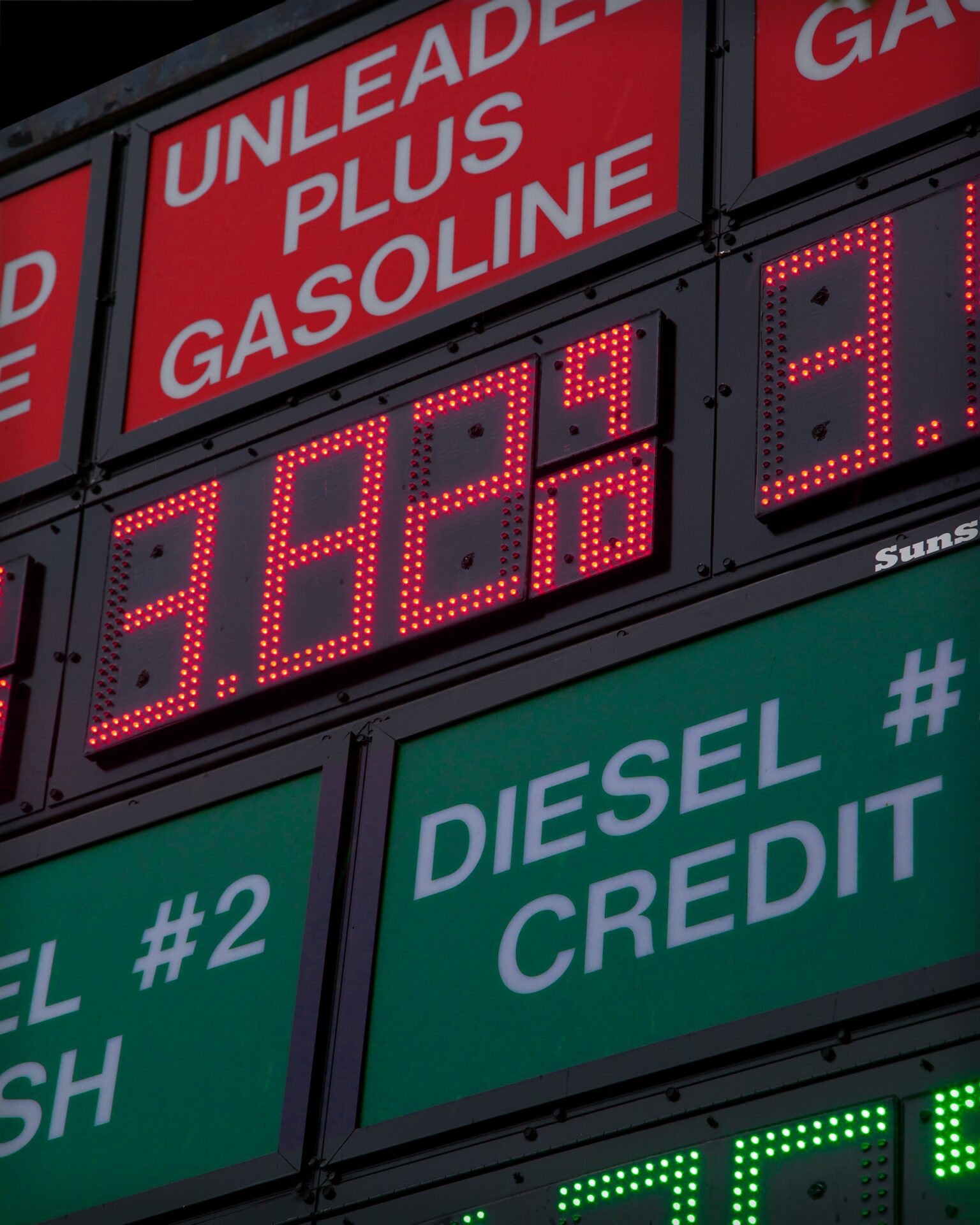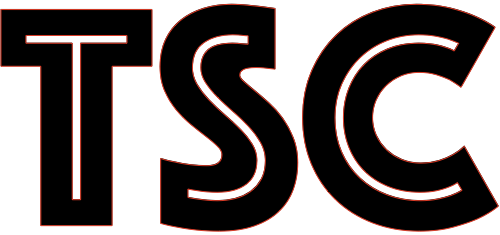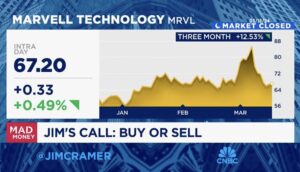
When you make purchases through our links we may earn a small commission.

Photo Credit: Jack Prichett
In recent years, the global economy has experienced a resurgence of inflationary pressures that have left policymakers, economists, and citizens alike grappling with its multifaceted origins. While inflation is a complex phenomenon influenced by a multitude of variables, this article aims to delve into the role played by a combination of factors: a poorly managed pandemic response during the Trump administration, an overreliance on foreign supply chains, energy dependence on oil and gas, and unchecked price gouging in healthcare, academia, and the real estate sectors. This comprehensive exploration will provide insights into how these interconnected elements have contributed to the current state of runaway inflation.
Pandemic Mismanagement and Economic Fallout
The Trump administration’s response to the COVID-19 pandemic exposed significant weaknesses in crisis management. The absence of a coordinated federal strategy and inconsistent communication eroded public trust, exacerbated the spread of the virus, and led to widespread economic shutdowns. These disruptions strained supply chains, disrupted production, and amplified existing vulnerabilities within the economy. As a result, the contraction of economic activity, coupled with the subsequent stimulus measures, injected excess liquidity into the system, setting the stage for inflationary pressures.
Fragile Supply Chains and Foreign Dependency
Globalization has enabled intricate supply chains, but an overreliance on foreign states for critical goods and components has left economies susceptible to disruptions. The pandemic-induced shutdowns highlighted the fragility of these supply chains, leading to shortages and production delays. The concentration of production in certain regions, often driven by cost considerations, can amplify the impact of such disruptions. The resulting scarcity can trigger demand-pull inflation, as consumers bid up prices due to limited availability.
Energy Dependence on Fossil Fuels
The energy sector, particularly in the United States, has historically been dependent on oil and gas. Fluctuations in global oil prices, geopolitical tensions, and supply constraints have a cascading effect on various sectors of the economy. This dependence creates vulnerability to external shocks, translating into higher transportation costs and increased production expenses. As energy prices rise, businesses pass on these costs to consumers, leading to cost-push inflation. Moreover, the transition to renewable energy sources is a complex endeavor that requires substantial investments and can introduce short-term cost pressures.
Unchecked Price Gouging in Vital Sectors
The unchecked escalation of prices in vital sectors such as healthcare, academia, and the real estate market has emerged as a potent driver of runaway inflation, significantly impacting individuals, families, and the broader economy. This section delves into the intricate dynamics of these sectors, examining how unbridled price gouging has not only inflated living costs but also contributed to the broader inflationary environment.
Healthcare Sector: A Spiraling Cost Crisis
The healthcare sector, a fundamental pillar of societal well-being, has faced persistent issues of escalating prices for pharmaceuticals, medical procedures, and insurance premiums. The lack of price transparency and effective competition has enabled pharmaceutical companies to impose exorbitant price tags on life-saving drugs, often exploiting patients’ desperation for treatment. Additionally, the complex web of insurance negotiations and hospital billing practices has made it difficult for consumers to understand and control their medical expenses.
The consequences are far-reaching. Families face financial strain from medical bills, governments grapple with soaring healthcare costs, and businesses contend with higher insurance premiums. These inflated costs permeate through the economy, as employers allocate more resources to employee healthcare coverage, leaving less room for wage growth or investment. The resulting pressure on disposable income ripples through consumer spending patterns, potentially fueling demand-pull inflation.
Academia: The Price of Knowledge
The cost of higher education has risen exponentially, outpacing wage growth and creating a mounting burden of student loan debt. This trend can be attributed to various factors, including diminishing state funding for public universities, administrative bloat, and an increased demand for post-secondary education. As universities compete to attract students, they often invest in lavish amenities and facilities, passing on the costs to tuition-paying families.
The consequences are profound. Graduates enter the workforce burdened by substantial debt, constraining their ability to invest, save, and contribute to economic growth. Furthermore, the relentless increase in tuition costs influences broader inflationary trends by affecting the overall cost of living. The strain on households’ financial capacity due to education-related expenses can potentially lead to demand-pull inflation, as discretionary spending gets compromised.
Real Estate: Inflated Markets and Eroded Affordability
The real estate sector, an essential component of the economy, has experienced rampant speculation and artificially inflated property values in many markets. Skyrocketing real estate prices are often driven by speculative investing, low interest rates, and limited housing supply. This trend disproportionately affects low- and middle-income families, as housing costs become a larger portion of their budgets.
The consequences reverberate through the economy. Escalating housing costs reduce consumers’ disposable income, diminishing their purchasing power and curbing their ability to invest in other sectors. Additionally, rising property values contribute to higher property taxes and increased rental costs, further straining household budgets. This interplay of elevated housing costs and diminished disposable income can trigger demand-pull inflation as consumers redirect more of their spending toward housing-related expenses.
Runaway inflation is a complex phenomenon resulting from an intricate interplay of various economic factors. The Trump administration’s mishandling of the pandemic response created a foundation of economic instability, while an overreliance on foreign supply chains left economies vulnerable to disruptions. Energy dependence on fossil fuels added to the inflationary pressures through its impact on production costs. Finally, unchecked price gouging in critical sectors such as healthcare, academia, and real estate exacerbated the inflationary environment.
Addressing runaway inflation requires a comprehensive and multifaceted approach. Policymakers must focus on crisis management, diversifying supply chains, transitioning to renewable energy sources, and implementing measures to curb price gouging. Only through a holistic strategy can economies mitigate the risks of future inflationary episodes and create a more resilient economic landscape.


















